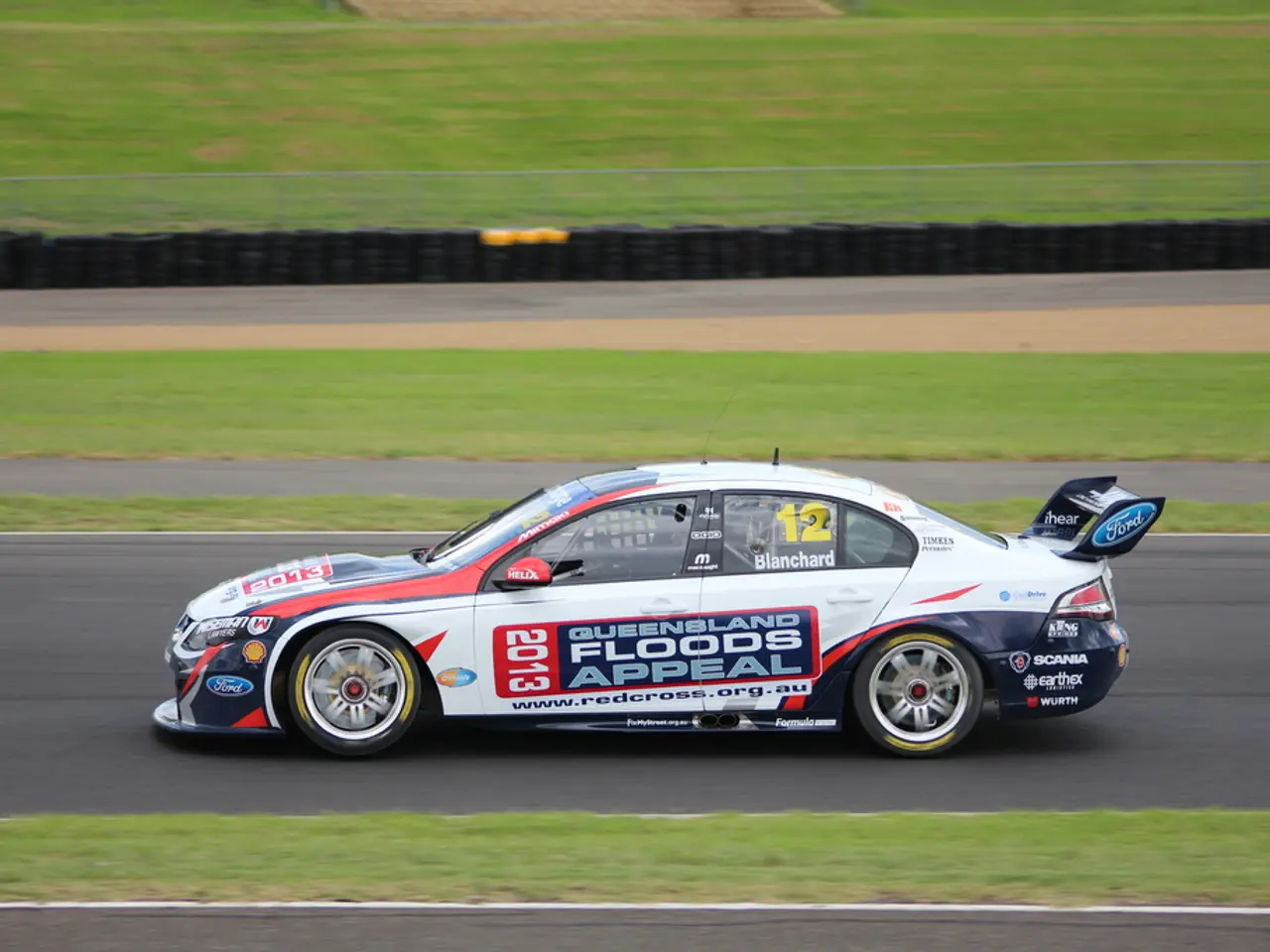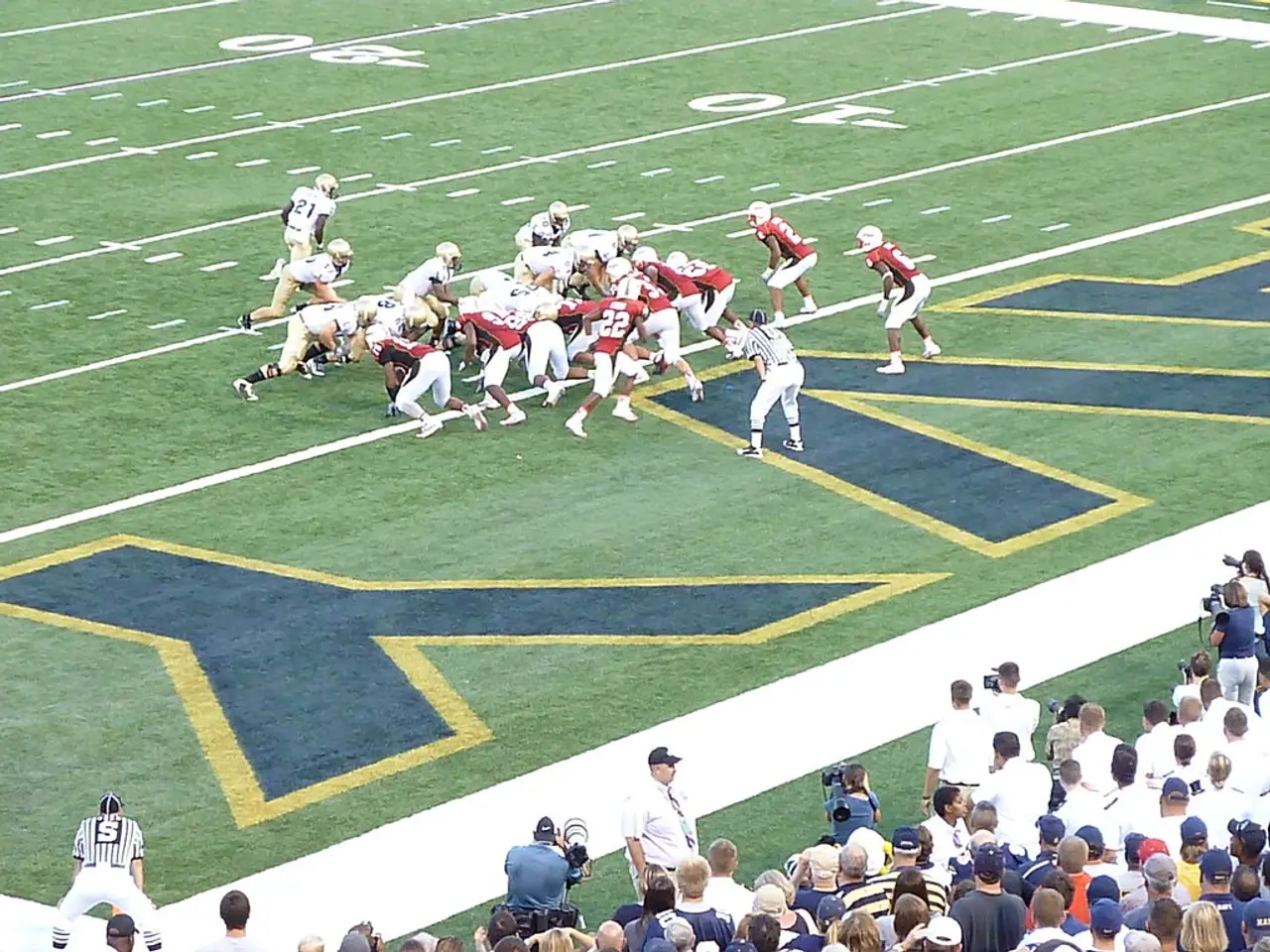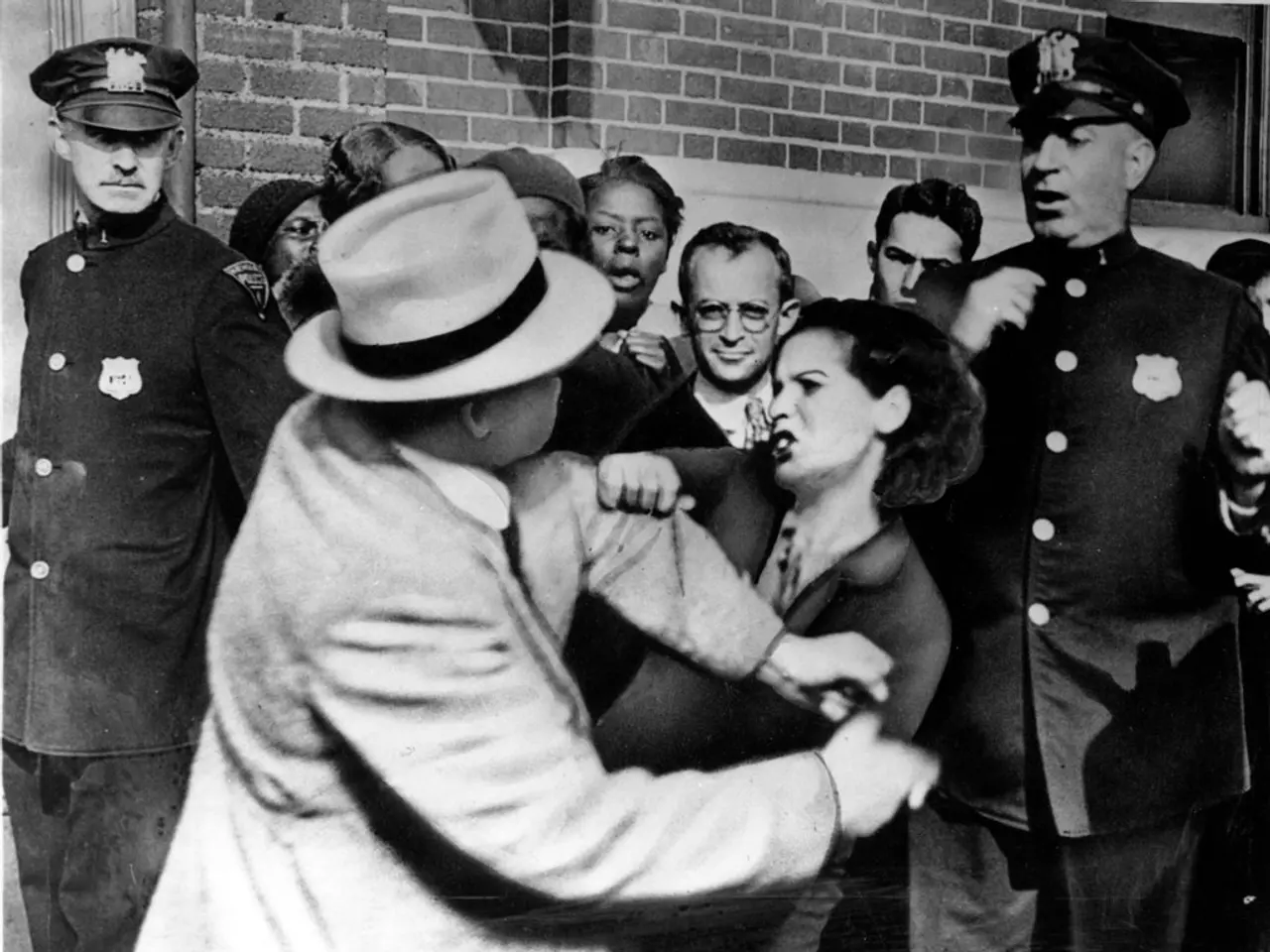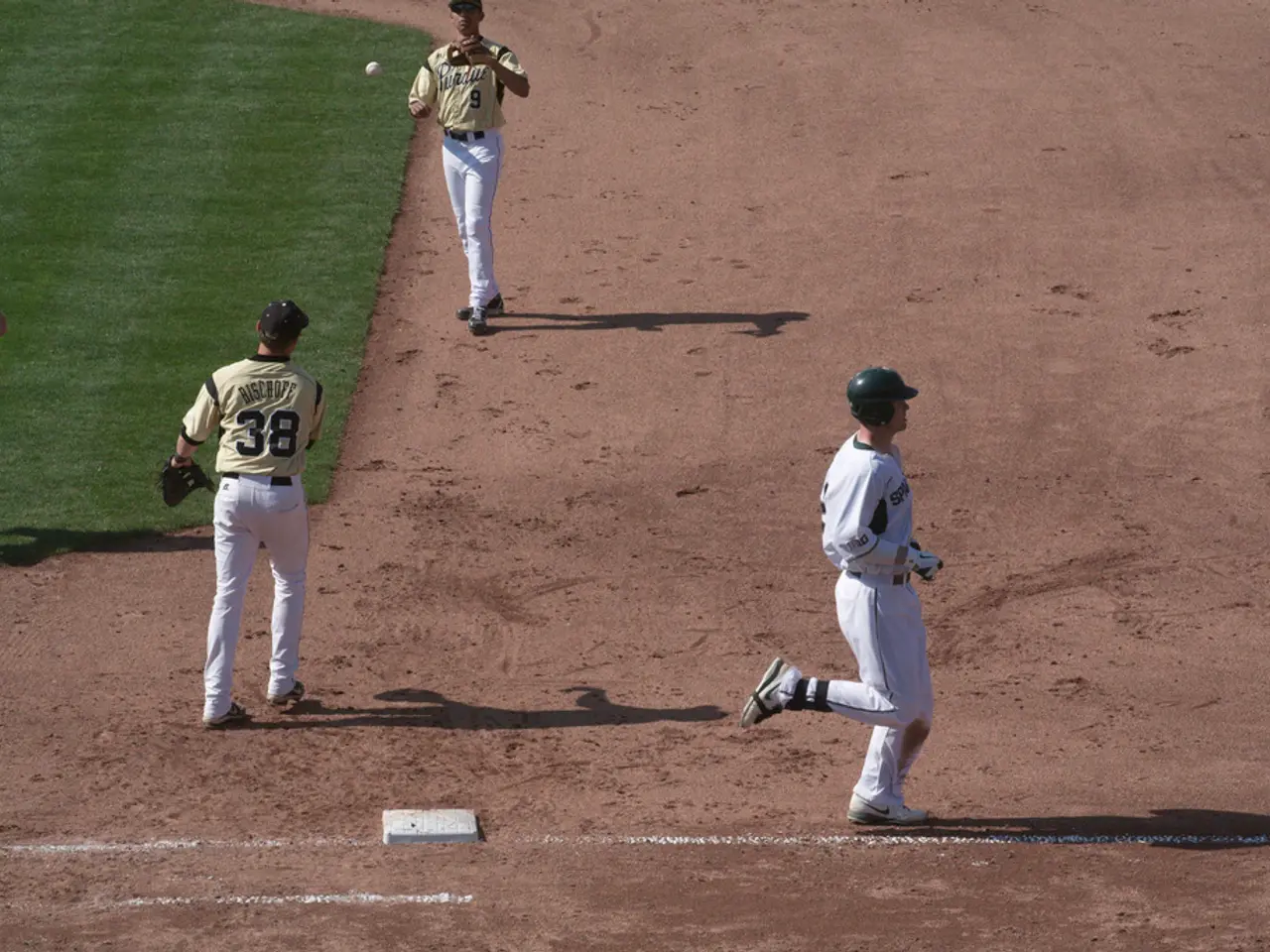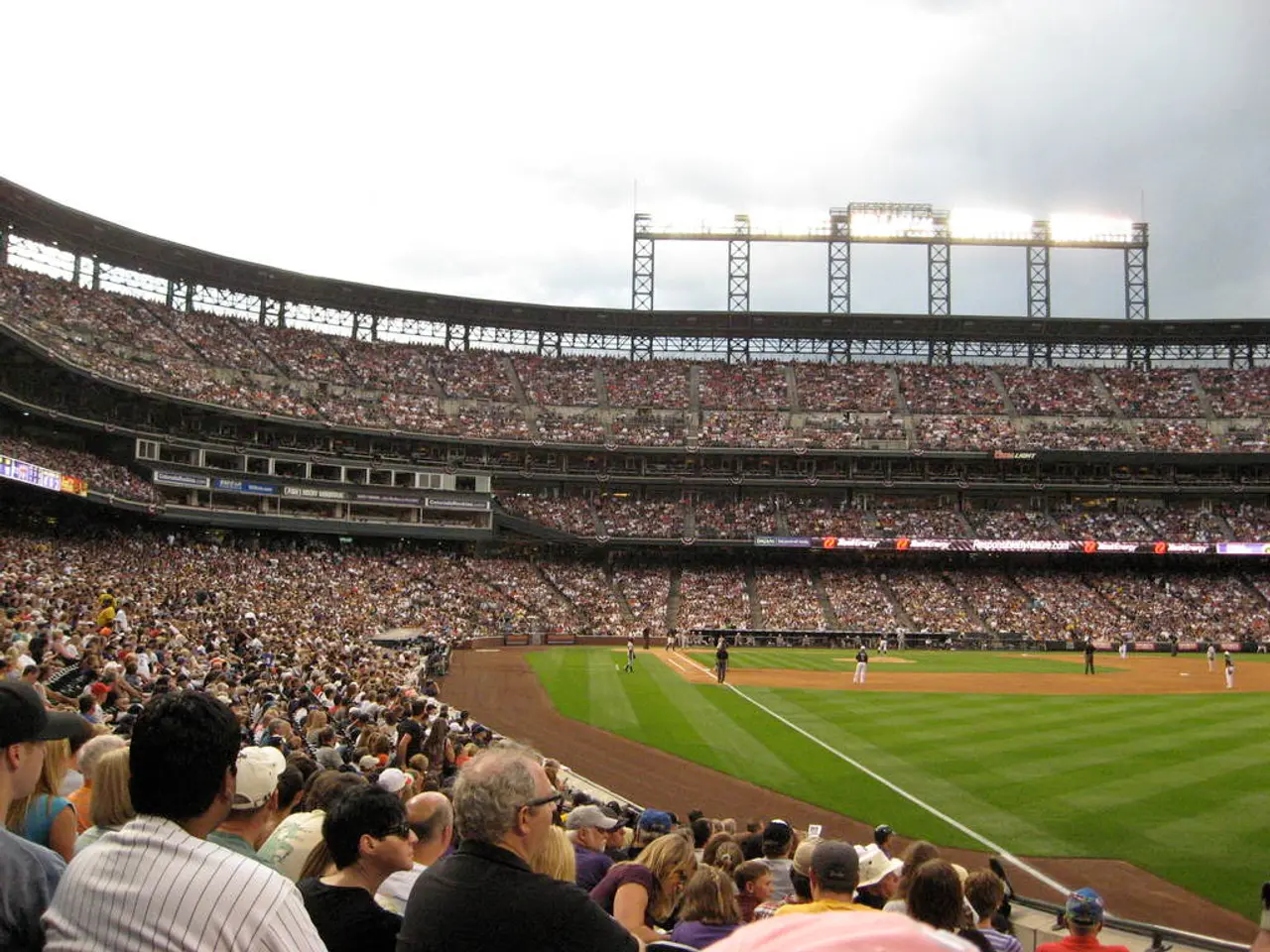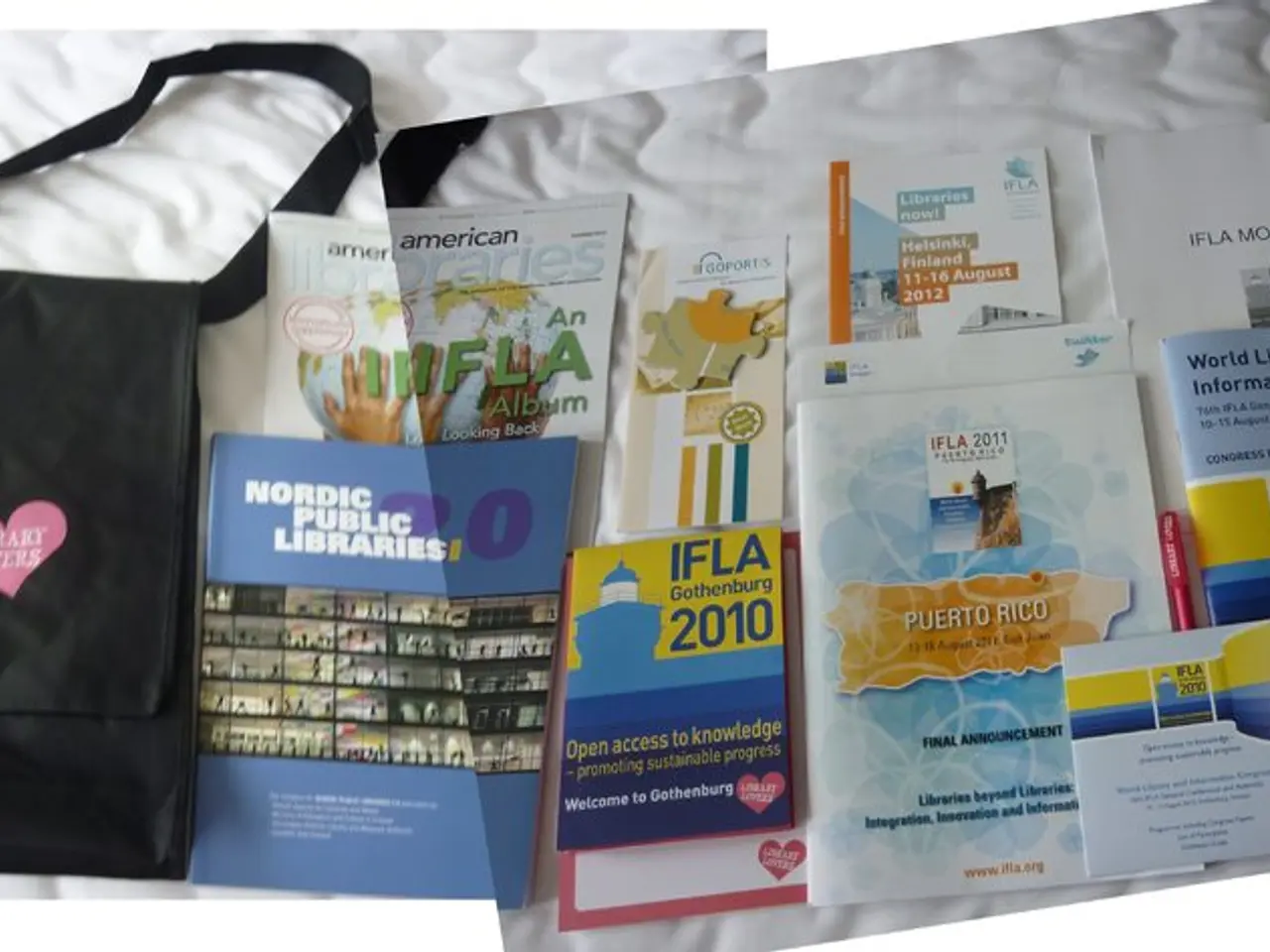Unconventional and costly proposal by Alonso
In the world of Formula 1 racing, visibility during wet conditions has long been a significant concern for drivers. A potential solution to this issue is resurfacing circuits with a type of tarmac that reduces spray, a proposal made by drivers like Fernando Alonso and Carlos Sainz [1][2][4].
The main challenge in wet races is not just the displacement of water by wet tires but also the airflow under the car, which lifts water into the air near the diffuser, causing spray [3]. Efforts to reduce spray through car modifications, such as fitting spray guards or diffuser covers, have proven ineffective or would significantly reduce downforce, compromising performance and safety [3].
Therefore, the focus shifts to the track surface itself. Certain types of tarmac with proper water drainage grooves can minimise standing water and reduce spray production on straights, potentially allowing safer racing in wet conditions without excessive delays [4]. Alonso has noted that older circuits like Sepang had asphalt surfaces that performed better under wet conditions compared to some modern track surfaces [1].
However, implementing this type of asphalt could be a complex task, as it is the opposite of the surfaces used on almost all Formula 1 tracks. The cost and complexity of such a change, as well as potential tire degradation, are challenges that need to be addressed [5].
This proposal for using asphalt with superior water drainage and low spray generation characteristics complements existing tire technology, allowing races to proceed more safely and with less interruption in rainy conditions [1][3][4]. Sainz has also suggested that certain types of asphalt, known as Drainage Asphalt Surface, could prevent water accumulation [2].
This suggestion for using Drainage Asphalt Surface comes in addition to Alonso's earlier proposal for improving visibility during wet races. The Belgian Grand Prix, delayed by approximately 80 minutes due to rain, is a testament to the need for such improvements [6]. The delay affected not only spectators at the circuit but also viewers on television.
In conclusion, addressing the issue of visibility during wet-weather Formula 1 races could be achieved through the use or development of asphalt surfaces with superior water drainage and low spray generation characteristics. This would offer a solution that is not limited by the aerodynamic limitations of car-based solutions.
What about exploring the possibility of using Drainage Asphalt Surface for racing tracks, similar to what Sainz suggests, to prevent water accumulation and improve visibility? Could hockey-like grooves on the tracks, like the ones found in some sports courts, also be a potential solution for reducing standing water and spray production?
